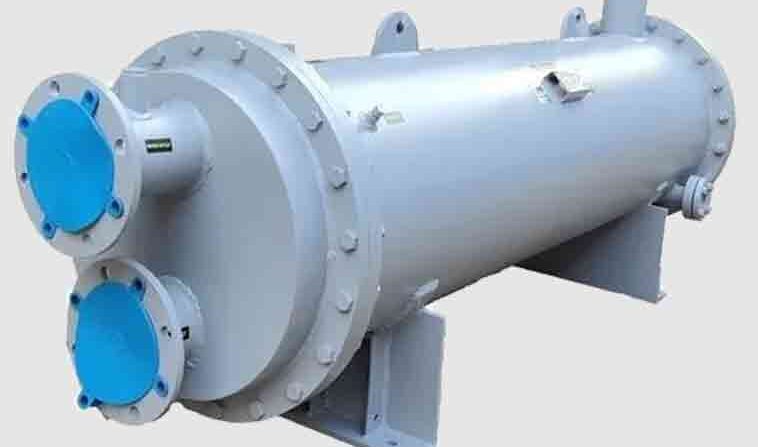Design Considerations for Shell and Tube Heat Exchangers
Design Considerations for Shell and Tube Heat Exchangers
Planning shell and tube heat exchangers includes careful thought of different variables to guarantee ideal performance and efficiency. Here are key plan considerations and Design Considerations for Shell and Tube Heat Exchangers:
1) Thermal Design:
- Decide heat duty necessities: Calculate the heat transfer rate required to attain the required temperature change for both the tube side and shell side fluids.
- Select suitable fluid velocities: Decide fluid speeds to guarantee productive heat transfer whereas maintaining a strategic distance from intemperate pressure drop.
- Consider thermal stresses: Account for temperature differentials and thermal extension to anticipate structural integrity issues.
2) Tube Bundle Design:
- Decide tube dimensions: Select tube distance across, length, and thickness based on heat transfer prerequisites, fluid properties, and pressure drop limitations.
- Choose on tube layout: Choose between inline, staggered, or triangular tube courses of action to optimize heat transfer and fluid flow dissemination.
- Specify tube materials: Select materials congruous with both tube side and shell side fluids, considering components such as corrosion resistance, thermal conductivity, and cost.
3) Shell Design:
- Decide shell diameter and length: Size the shell to suit the tube bundle whereas permitting adequate clearance for fluid flow and maintenance get to.
- Consider shell configuration: Select between settled tube sheet, U-tube, or coasting head designs based on application requirements, ease of maintenance, and thermal performance contemplations.
- Indicate shell materials: Select materials resistant to corrosion, erosion, and thermal stresses, considering components such as working conditions and fluid compatibility.
4) Baffle Design:
- Introduce baffles inside the shell to improve heat transfer productivity by advancing fluid turbulence and coordinating flow across the tube bundle.
- Determine confuse spacing and introduction based on liquid velocities, weight drop imperatives, and desired heat transfer coefficients.
- Optimize confuse geometry to minimize flow bypass and ensure uniform liquid dispersion over the tube bundle.
5) Fluid Flow Considerations:
- Optimize flow distribution: Guarantee uniform liquid distribution over the tube bundle to prevent hot spots or cold spots and maximize heat transfer adequacy.
- Minimize fouling Potential: Plan for easy get to and cleaning to moderate fouling buildup on tube surfaces, which can debase heat transfer execution over time.
6) Pressure Drop Analysis:
- Calculate pressure drop on both tube side and shell side to ensure it remains inside acceptable limits.
- Optimize flow ways and component geometries to play down weight drop whereas maintaining satisfactory heat transfer rates.
7) Security and Administrative Compliance:
- Comply with industry standards and regulations administering the plan, creation, and operation of shell and tube heat exchangers.
- Consider security factors, such as overpressure assurance, material selection, and chance moderation measures, to guarantee safe and solid operation.
By carefully considering these plan factors, engineers can create shell and tube heat exchangers that meet execution necessities, minimize operational costs, and guarantee long-term reliability in different industrial applications.






